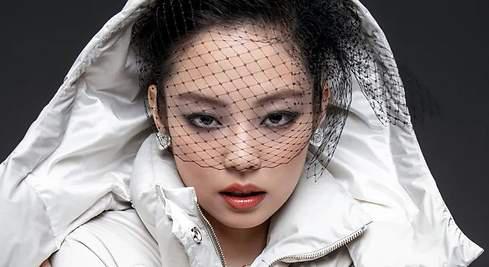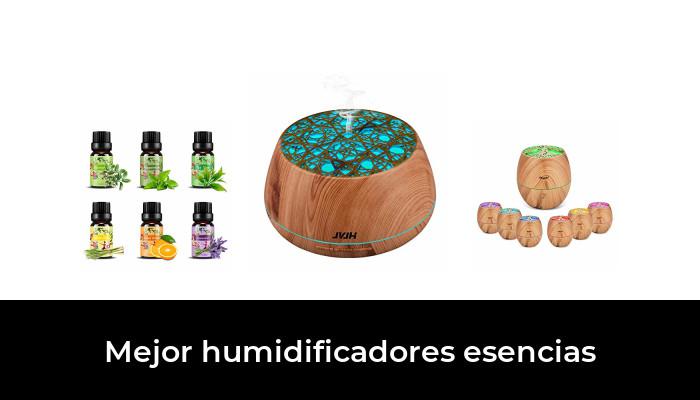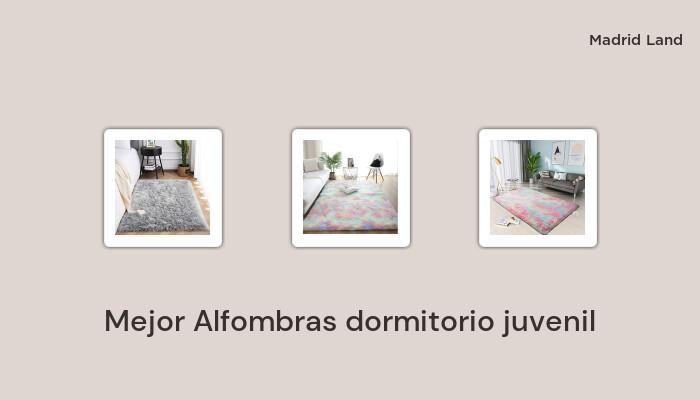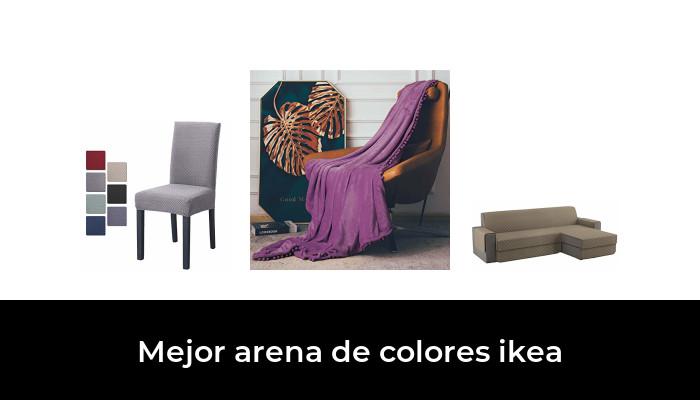- Mabel Figueruelo
Brands such as Hermès and Saint Laurent have joined China's biggest shopping campaign for the first time this year, Alibaba's 11.11 Global Shopping Festival. The presence of luxury firms this year has been 159 percent higher than the last pre-pandemic edition.
More than 200 luxury brands have participated in Alibaba's 11.11 Global Shopping Festival, an authentic retail shopping festival, the largest in the world by sales, comparable to other campaigns such as Amazon's Black Friday or the traditional Christmas and rebates The presence of luxury firms is 159 percent higher than the last pre-pandemic edition.
But it is not a campaign like the others for luxury brands, which have a specific tool, Tmall Luxury Pavilion, for Western brands and their high-end digital flagship stores to specifically target Chinese customers. The variety of services it introduces for shoppers – from product customization to maintenance, cleaning and repair services – makes it a unique shopping event.
In its 13th edition, popularly known as 11.11, it has concluded with a record participation figure of 290,000 participating brands ¬–and more than 14 million offers–, 78 brands exceeded 100 million RMB in total sales volume (vs. 10 million last year) and 698 brands exceeded 10 million RMB (up from 1 million in 2020). The figures are as colossal as the Chinese market.
But the success is reflected, above all, in the total volume of sales generated, which amounts to 84,540 million dollars during the eleven days that the campaign lasts. This confirms the constant growth experienced also in 2021. And it corroborates the weight that the Chinese market is reaching within global retail trade.
The event, which was launched in 2009 with the participation of only 27 merchants, has become a true shopping festival that provides very clear data on consumption patterns in the retail market, and very valuable for specific niches such as the luxury market.
Luxury as an online experience
The luxury sector is taking the online-offline experience to a higher level, providing initiatives that are increasingly immersive and attractive to Chinese consumers, who demand frictionless shopping experiences and personalized customer service. "Consumers no longer think in terms of the separation between the physical and the digital when shopping. They want a consistent and unified experience from brands, whether they buy online or offline," according to Janet Wang, director of the luxury division of the Alibaba Group, Tmall Luxury Pavilion.

Launched in 2017 to guarantee Chinese consumers a high-end shopping experience, the Tmall Luxury Pavilion has been joined this year by firms such as Hermès or Saint Laurent, which has participated for the first time in the festival. They join a long list made up of Balmain, Cartier, Ferragamo, Prada, Chloé or Van Cleef & Arpels, who have opened shop windows on Tmall, including the 17 LVMH brands, including Rimowa, Marc Jacobs, Dom Perignon, Kenzo, Hennessy, Dior Beauty, Guerlain, Givenchy, Tag Heuer and Zenith.
Wang, an Alibaba veteran and former Zara online business director for Asia Pacific, established Tmall's international business development team in 2010 to help global brands expand their presence in China. In just a few years, the platform has grown exponentially to include key names in the industry, from Nike to Burberry. Brands such as Gucci, Vacheron Constantin and Maison Margiela have recently partnered with Tmall Luxury Pavilion to expand their services traditionally offered in brick-and-mortar stores, such as membership privileges, consultations with sales associates and after-sales services.
fest of opportunities
It's not just an opportunity for consumers, "it's one of the biggest opportunities for brands to reach a broader Chinese consumer base," says Wang. Tmall Luxury Pavilion has been upgraded with new features ahead of 11.11 to ensure an instant, hyper-personalized and frictionless purchase in your shopping experiences. In reality, they already had the platform well-oiled before the coronavirus pandemic, but they have continued to advance as consumers have turned to digital shopping.
In early October, Tmall Luxury Pavilion launched its first digital art gallery in the metaverse, in collaboration with brands such as Burberry, Balmain, Longines, Coach, La Perla, and Emporio Armani, among others.
Chopard has leveraged TLP's 3D shopping feature to create a virtual store that replicates one of his traditional boutiques, as well as a pop-up tool to live stream a jewelry and watch show hosted by his flagship store.
Cartier has also embraced 3D technology, using the feature for detailed product viewing online.
Swiss watchmaker Chopard is using the 3D feature of Tmall Luxury Pavilion to create a virtual store that simulates the shopping experience in a physical store. Gucci, Vacheron Constantin and Maison Margiela recently partnered with Tmall Luxury Pavilion to expand services traditionally offered only in brick-and-mortar stores, such as membership benefits, vendor consultation and after-sales services.
China will lead the luxury market in 2025
Currently, China occupies the second position in the world's luxury market, but it is a matter of time before it will be the first. The consulting firm Bain & Co has set a date for it: 2025. According to its latest report, the Chinese luxury market will be the largest on the planet in four years, and turns into data a trend that has been in the environment for years and that the pandemic has accelerated exponentially: the lack of mobility has paralyzed the international travel sector among the Chinese population, which has literally turned to domestic spending online. And China's luxury goods market saw one of the biggest growth rates, up 48 percent in 2020. This increase has helped double China's overall share of the global luxury market over the past year.
"Brands experienced a growth range of between 10 and 70 percent," according to the Bain & Co report, which picks up the different growth rates depending on the type of article, with leather goods and jewelry at the head, followed by clothing and footwear, and with lower growth in beauty and watches.
comments0WhatsAppFacebookTwitterLinkedin

